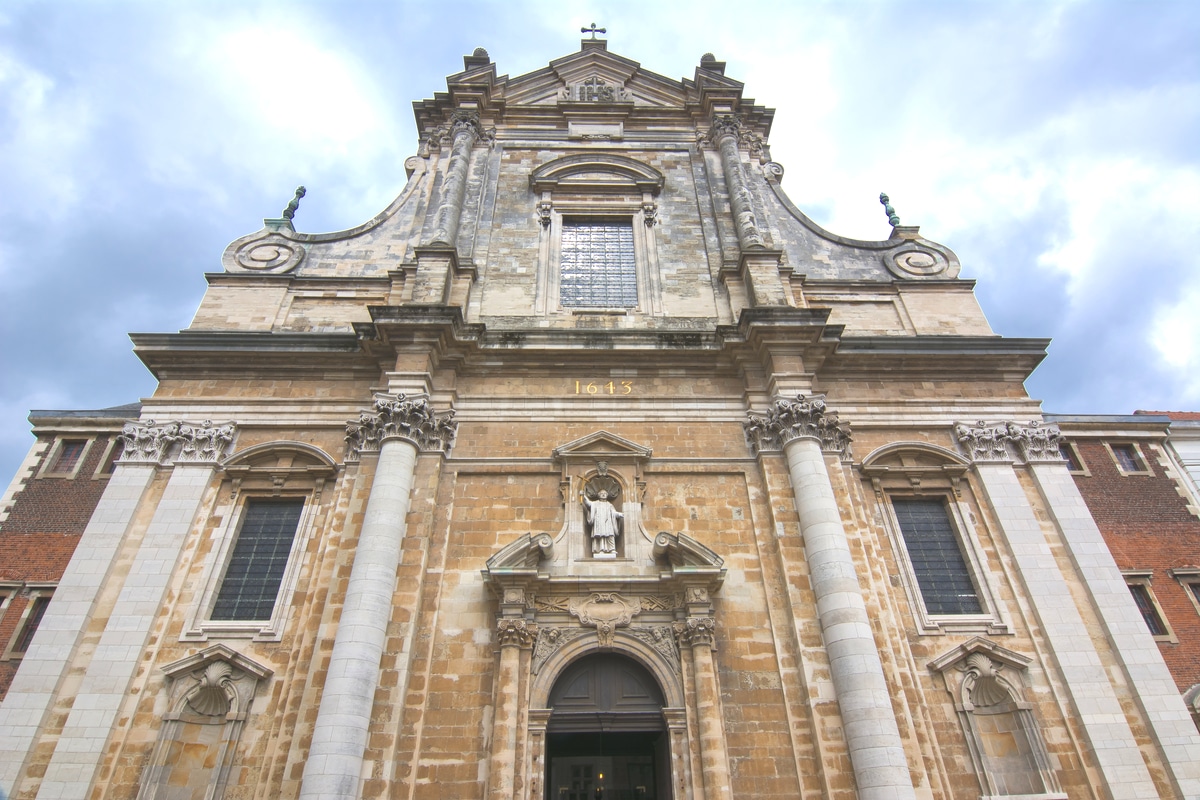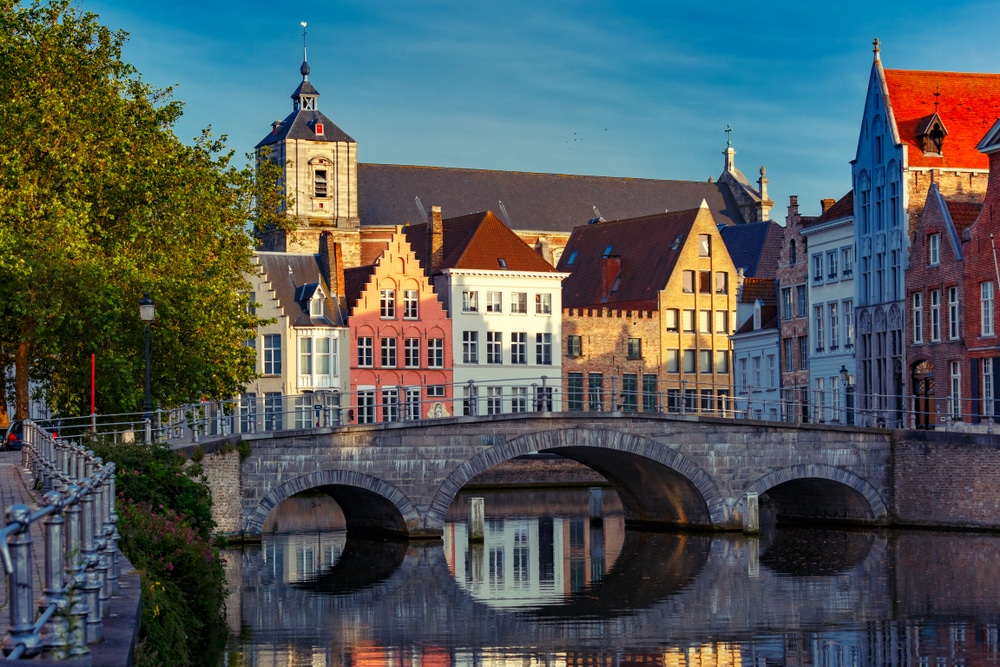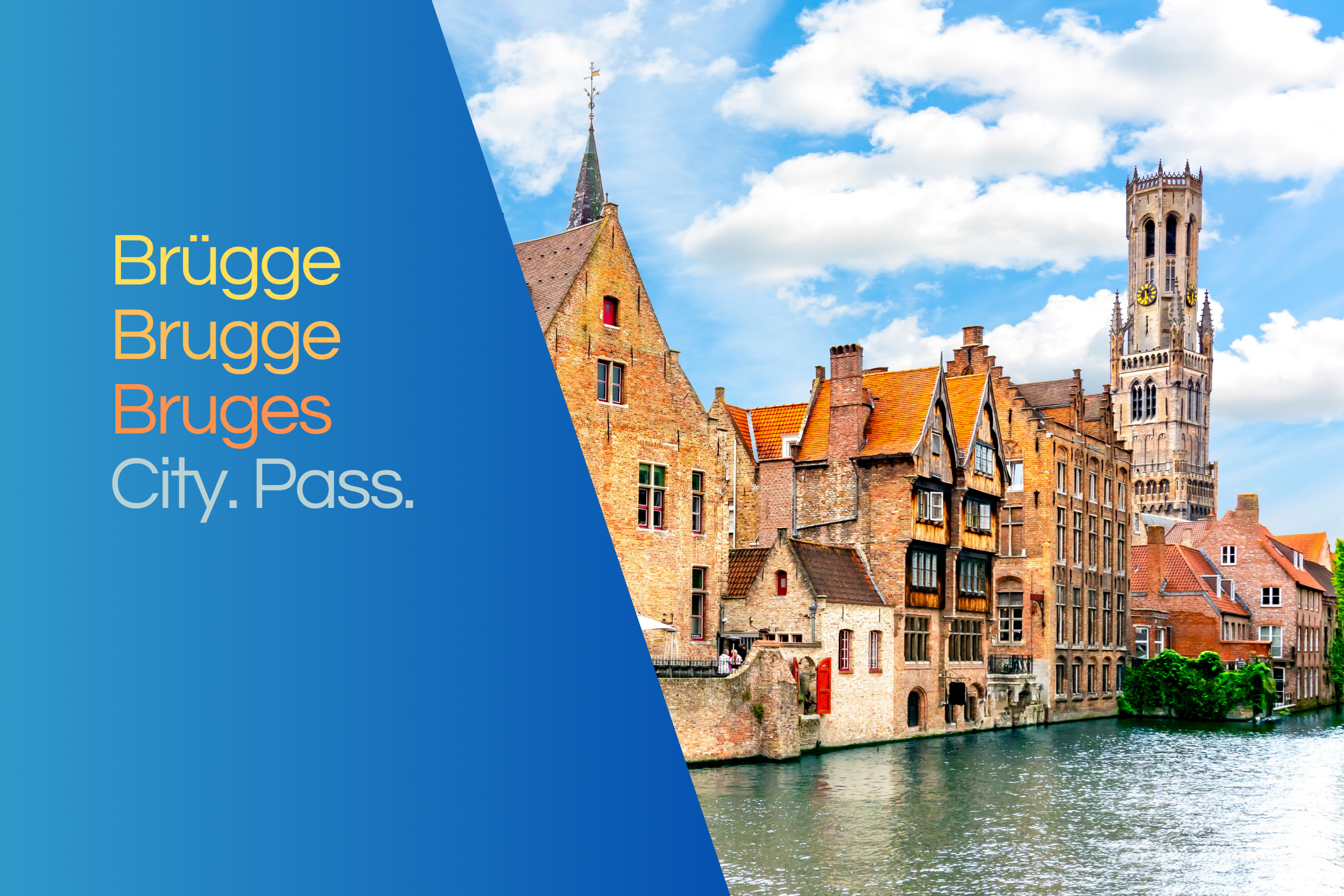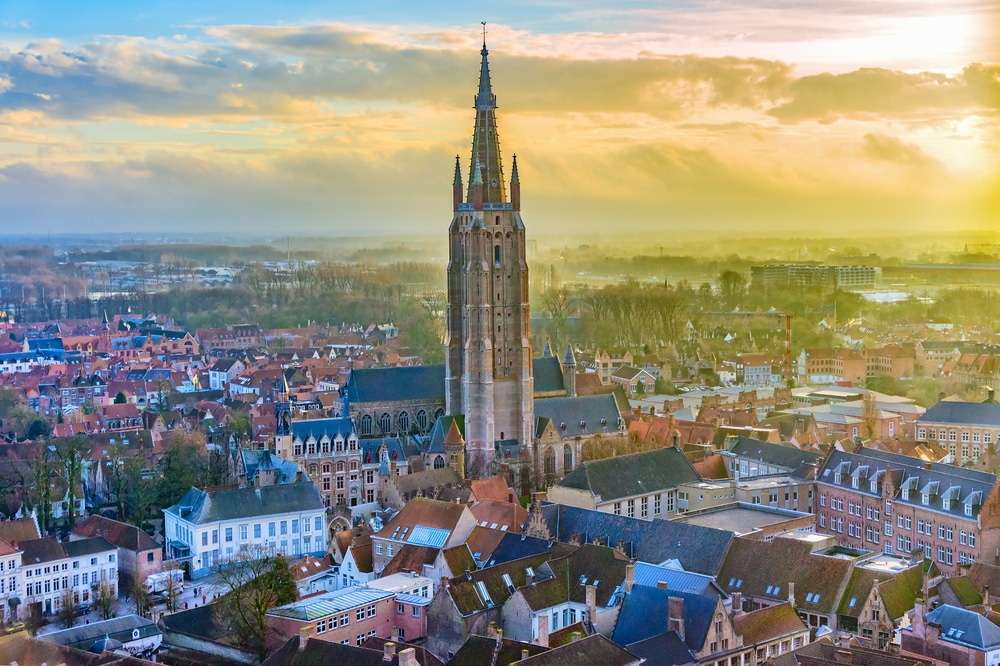The former Jesuit church is a baroque masterpiece in the old town of Bruges. The rather plain church has a rich baroque interior and impresses with many architectural details and a richly decorated church furniture.
Sint-Walburgakerk
The church of St. Walburga is a former Jesuit church in baroque style. It has no tower, a tower planned in the 18th century could not be completed due to lack of money. The construction of the church goes back to the plans of the Bruges master mason Pieter Huyssens. After joining the Jesuits in 1596, he had helped build various Jesuit church buildings in other, mostly Flemish, towns. In 1619 he was commissioned to build a church in Bruges as well, expressing the values of the order. Thus the present church was built between 1619 and 1643 and consecrated in 1642. Until the abolition of the Jesuit order in 1773, it served as a church for the followers of this order and was then initially closed. In 1778, the structure was reopened and has served as the parish church of St. Walburg ever since, replacing the parish's previous church. Some architectural improvements were made. At this time, the unfinished tower was also to be built.
Since the 1960s, there have been various ideas as to what should be done with the church building. Since 1960, the structure has been used as a concert hall. Since 2012 already only on special occasions such as funeral and wedding service took place. Since 2015 even only for funerals of a parishioner. Especially since the abolition of the parish of Walburga and its incorporation into the parish of Sint Gillis, the future of the building is uncertain.
From a cultural-historical point of view, the church is of great importance, especially because of the architectural details inside, the furniture and the furnishings. One of the remarkable pieces of furniture is the communion bench from 1695. The white marble bench, which stretches 24 metres across the entire width of the church, is decorated with several medallions showing symbols of the Eucharist and the saints of the Jesuit order. The high altar is also made of marble and was created by the sculptors Pieter Verbruggen, who also created the side altars, and Jacob Cockx. The oak pulpit was made between 1667 and 1670 and is considered the most beautiful pulpit in Bruges. The organ was made by Cornelius Chacheux in 1735. However, Chacheux was not able to finish it himself. It comes from the first church of the parish and was transferred here after the present church of St. Walburga was taken over by the Jesuits in 1778.
The church also houses several important paintings from several centuries, including paintings by Pieter Claeissins de Jonge, Jan Garemijn and Joseph Odevaere from the seventeenth, eighteenth and nineteenth centuries. Above the high altar is the painting "The Resurrection" by Joseph Suvée from 1783.





